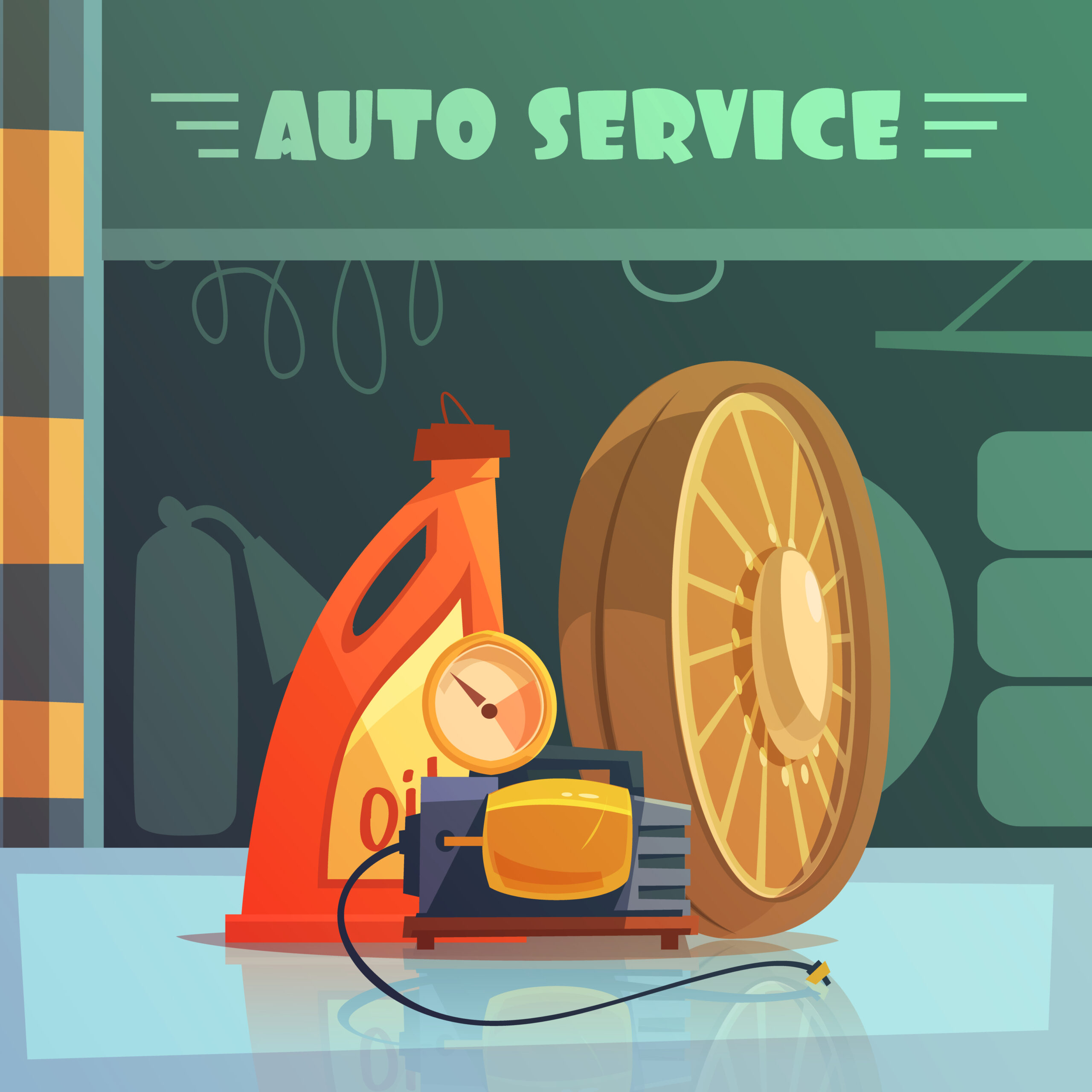Brake fluid is an essential component of your vehicle’s braking system, as it is responsible for transmitting the force from the pedal to the brakes in order to slow down or stop your car. Over time, brake fluid can become contaminated with moisture and debris, which can compromise its effectiveness and potentially lead to brake failure. This is why it is important to regularly check and change your brake fluid to ensure your safety on the road.
Changing your brake fluid is a relatively simple process that can be done at home with the right tools and know-how. Here are the steps you can follow to change your brake fluid:

1. Gather the necessary tools and materials. You will need a bottle of brake fluid that is recommended for your vehicle, a turkey baster or a syringe, a small wrench or socket set, a clean rag, and a clear plastic hose that fits snugly over the brake bleeder screw.
2. Locate the brake bleeder screws on each of your vehicle’s brake calipers or wheel cylinders. These screws are usually located at the top or back of the caliper or cylinder and may have a rubber dust cap covering them.
3. Remove the dust caps and use a wrench or socket set to loosen the bleeder screws. Attach the clear plastic hose to the screw and place the other end into a clean container to catch the old brake fluid.
4. Have a helper pump the brake pedal several times and hold it down while you open the bleeder screw with the wrench. As the pedal is depressed, old brake fluid will flow out through the hose and into the container. Keep repeating this process until the fluid appears clear and free of bubbles.
5. Once you have flushed out the old brake fluid from all the calipers or cylinders, tighten the bleeder screws and replace the dust caps. Top off the brake fluid reservoir with the new fluid and check for any leaks.
6. Lastly, test your brakes by pumping the pedal a few times to build pressure. Make sure the pedal feels firm and responsive before taking your vehicle out for a test drive.
Changing your brake fluid is a simple and inexpensive maintenance task that can help ensure the longevity and effectiveness of your brakes. By following these steps and performing this task regularly, you can drive with peace of mind knowing that your vehicle’s braking system is in top condition.

